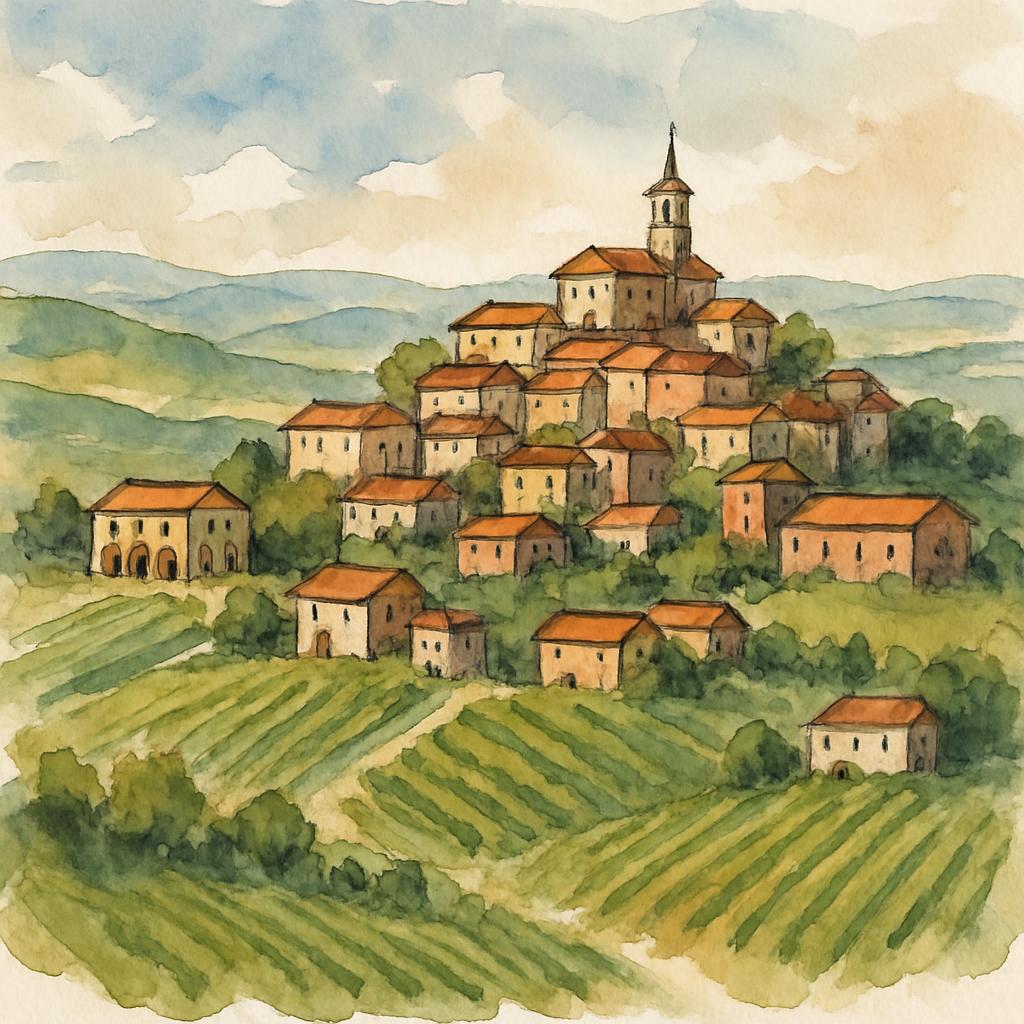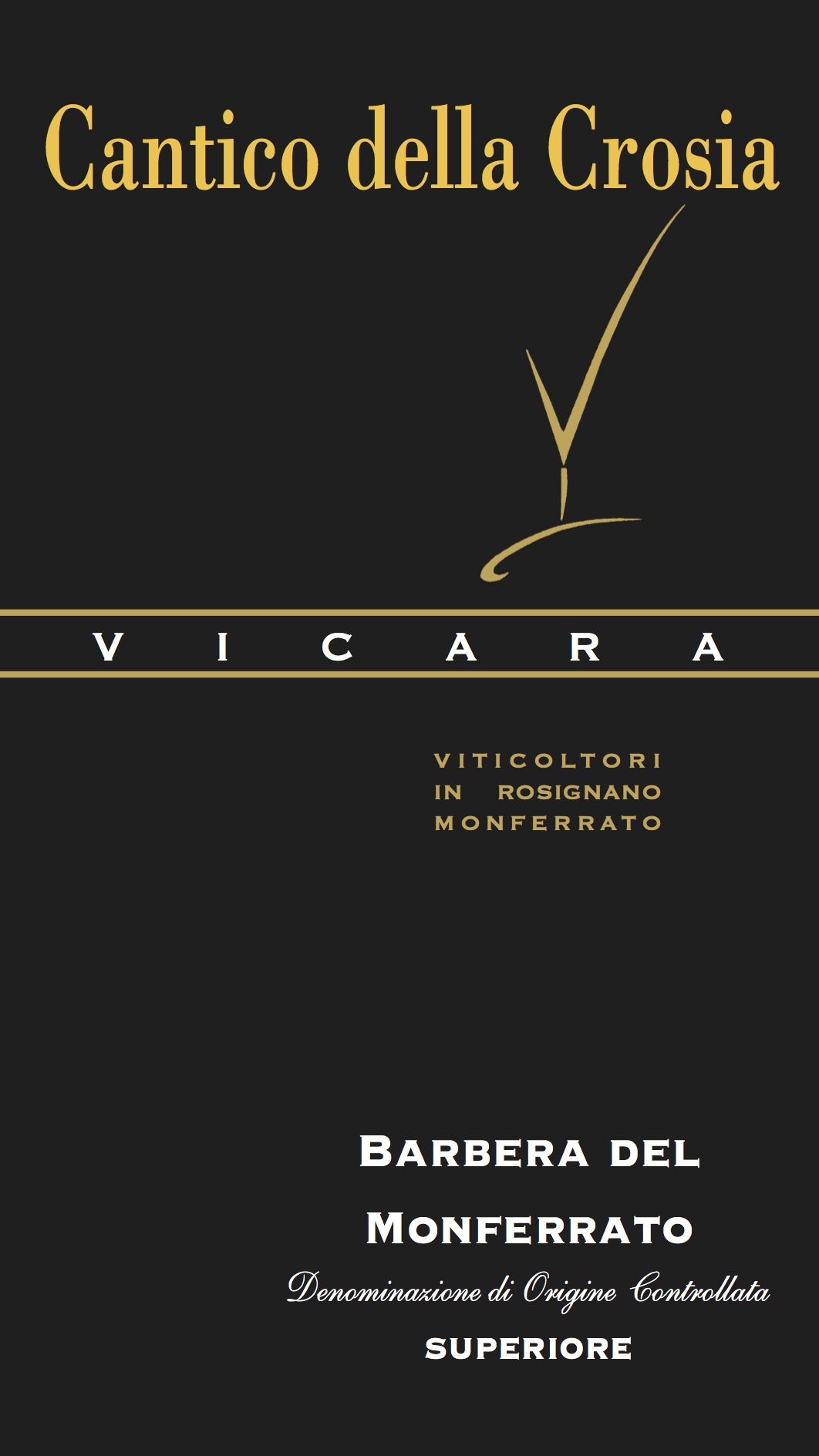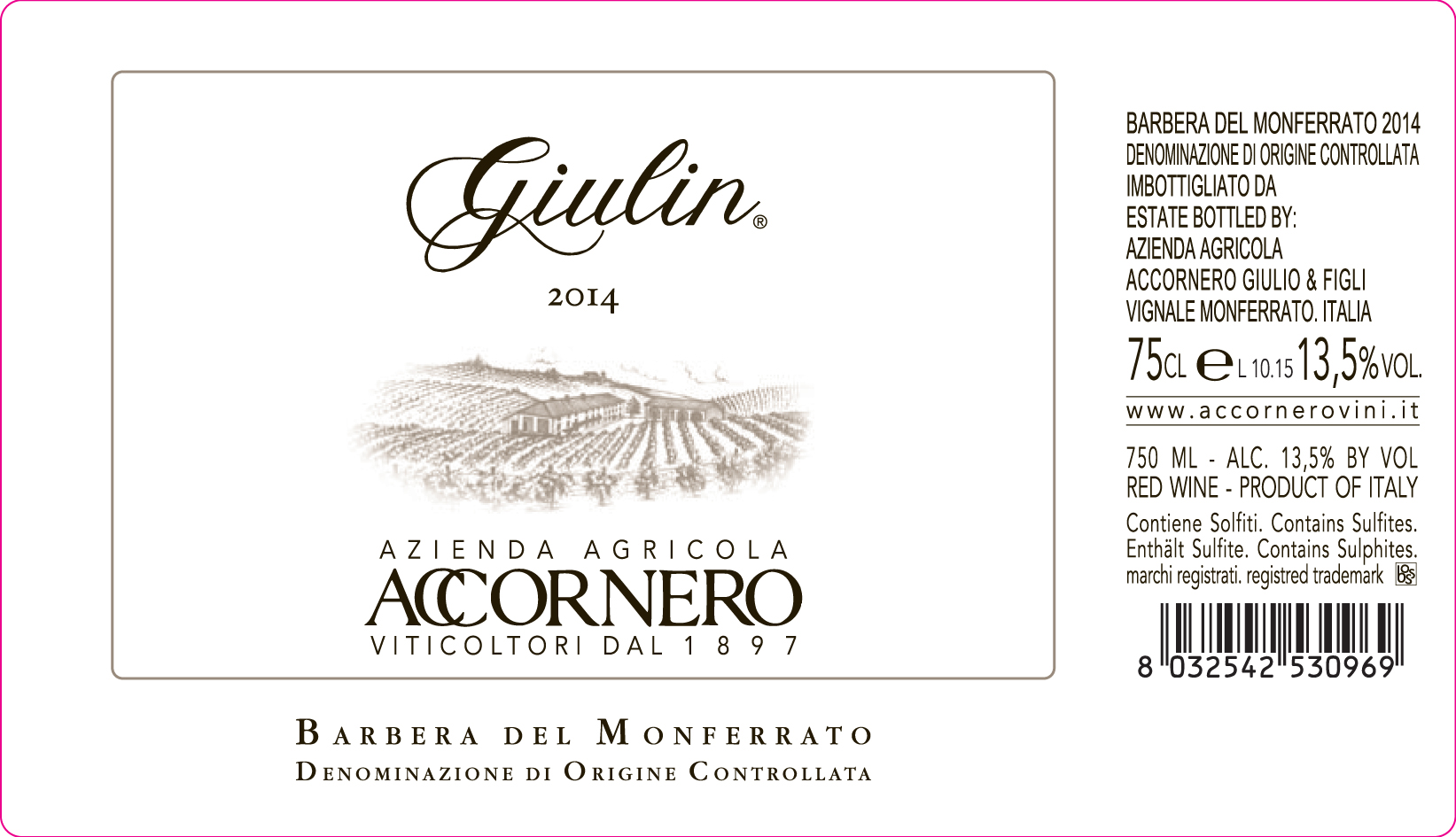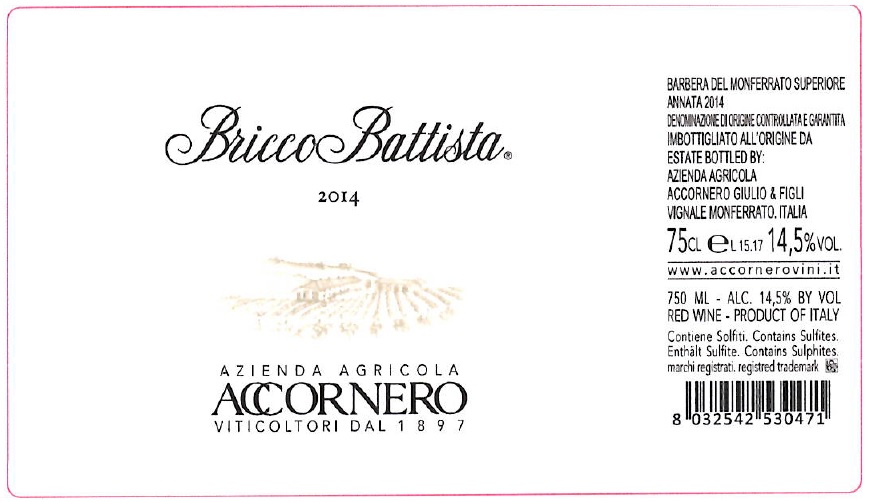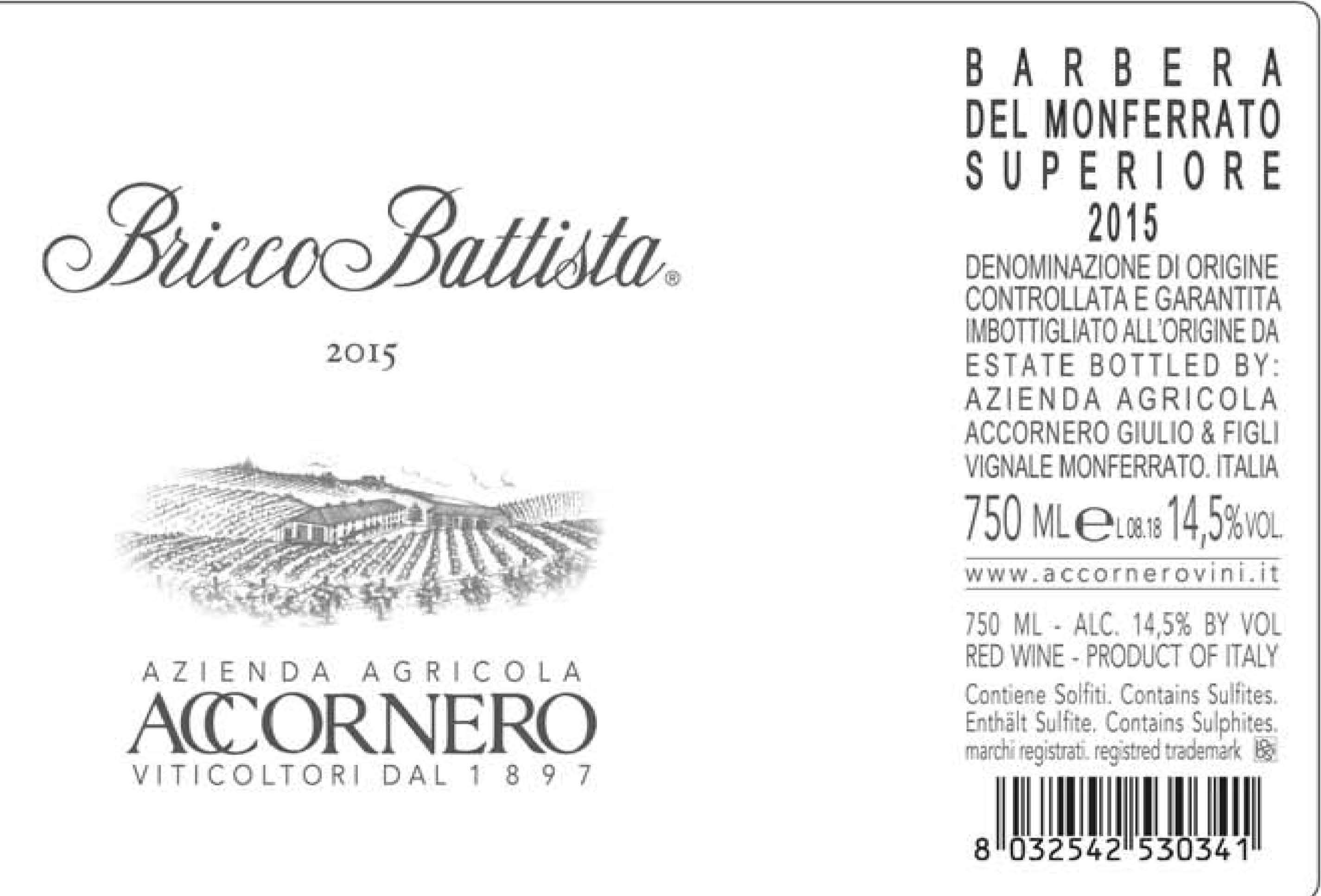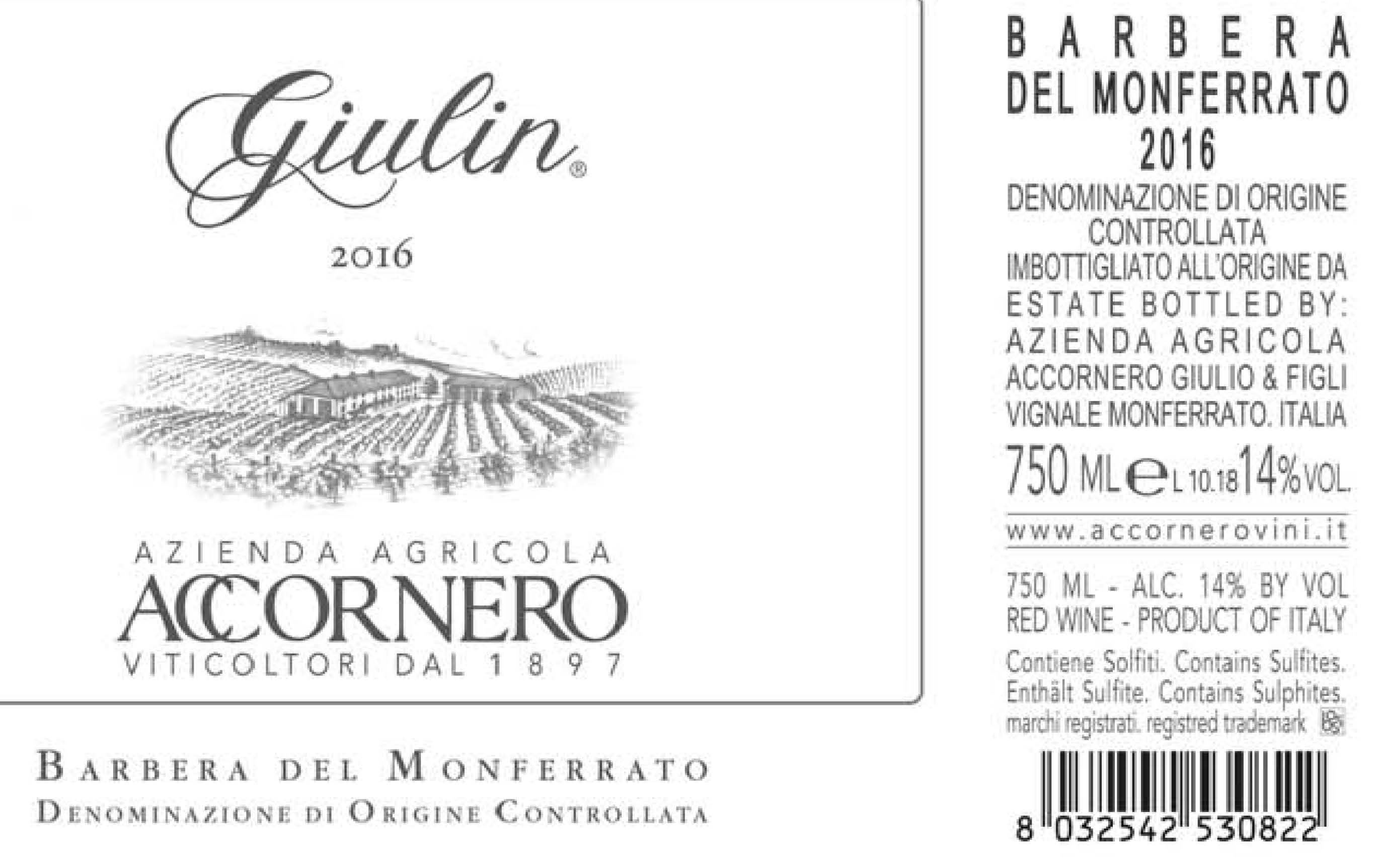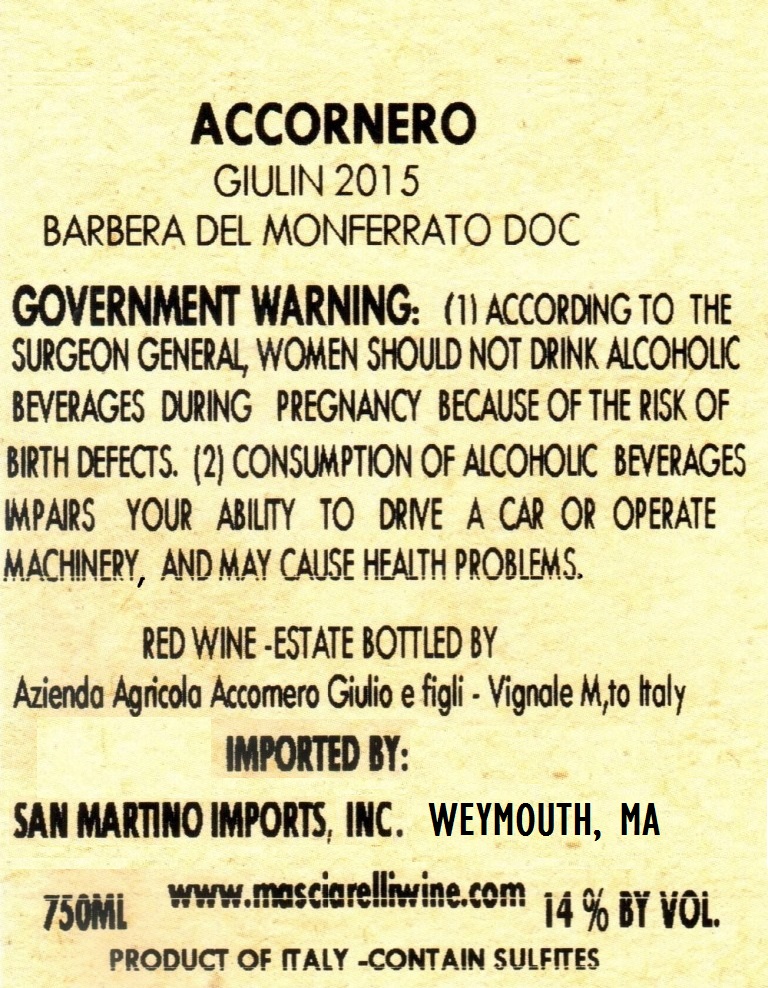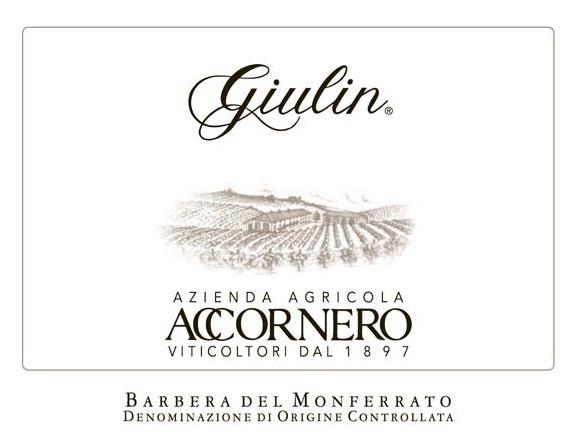Terroir of Barbera del Monferrato
Monferrato's landscape is a patchwork of rolling hills and lower terraces, with soils that vary from calcareous-clay marls to limestone and sandy areas near rivers. Vineyards flourish on hillsides, where mid-slope clay-limestone provides excellent drainage and water retention, producing Barbera with depth and freshness. Sandy soils create lighter, aromatic wines. The temperate continental climate offers moderate rainfall, with mild springs and autumns, warm to hot summers, and cool winters.
The region's elevation, reaching up to 650 meters (2,130 feet), ensures significant temperature changes between day and night. Warm days aid grape ripening, while cool nights preserve acidity, resulting in lively and sometimes age-worthy wines. This unique blend of climate, soil, and altitude distinctly shapes the character of Barbera, contributing to Monferrato's reputation for producing wines with balance and complexity.
Notable Wineries in Barbera del Monferrato
In the heart of Piedmont, Italy, the Barbera del Monferrato region nurtures a harmonious blend of traditional family vineyards and modern wine cooperatives. This area, renowned for its Barbera wines, thrives with the support of the Consorzio Barbera d’Asti e Monferrato, ensuring quality and promoting the region's rich viticultural heritage. Notable wineries open their doors, offering visitors a taste of the region's unique terroir and winemaking traditions.
-
La Maranzana: A cooperative winery, celebrated for its commitment to sustainability and diverse wine offerings.
-
Tenuta Tenaglia: A historic estate known for producing elegant Barbera wines that reflect the unique characteristics of Monferrato's terroir.
-
Cantina Sociale di Casorzo: Famed for its innovative approaches while preserving traditional winemaking techniques, often hosting engaging tastings and tours.
Sustainable Winemaking in Barbera del Monferrato
In the picturesque Monferrato hills of Piedmont, Italy, sustainable practices are taking root to preserve the land and enhance wine quality. Producers are increasingly turning to organic and integrated farming to reduce chemical use, employing cover crops to enrich soil and prevent erosion. Canopy management helps lower disease risk, while sparing irrigation ensures responsible water use.
Many wineries are investing in energy efficiency by installing solar panels and reusing wastewater. During winemaking, some adopt low-intervention methods, using native yeasts and controlling sulfur levels to preserve each vineyard’s unique character. These efforts reflect a commitment to sustainability, ensuring that Monferrato's historic landscapes and world-renowned Barbera wines continue to thrive for future generations.
Wine Tourism in Barbera del Monferrato
Barbera del Monferrato, nestled in the heart of the Monferrato hills of Piedmont, Italy, is gaining recognition on the wine tourism map. This region, with its UNESCO World Heritage status, invites exploration of its scenic beauty and rich winemaking heritage.
Visitors can experience intimate tours at family-run estates or engage in tastings at cooperative wineries. Towns such as Nizza Monferrato and Cocconato host vibrant festivals and offer walking and cycling trails that connect historic villages and vineyards.
Culinary experiences abound, with local trattorias serving traditional dishes that perfectly complement Barbera wines. Whether it's the lively acidity of a fresh Barbera DOC or the complex depth of a Barbera del Monferrato Superiore DOCG, the region promises an authentic experience, showcasing the harmonious blend of its terroir and cultural traditions.
